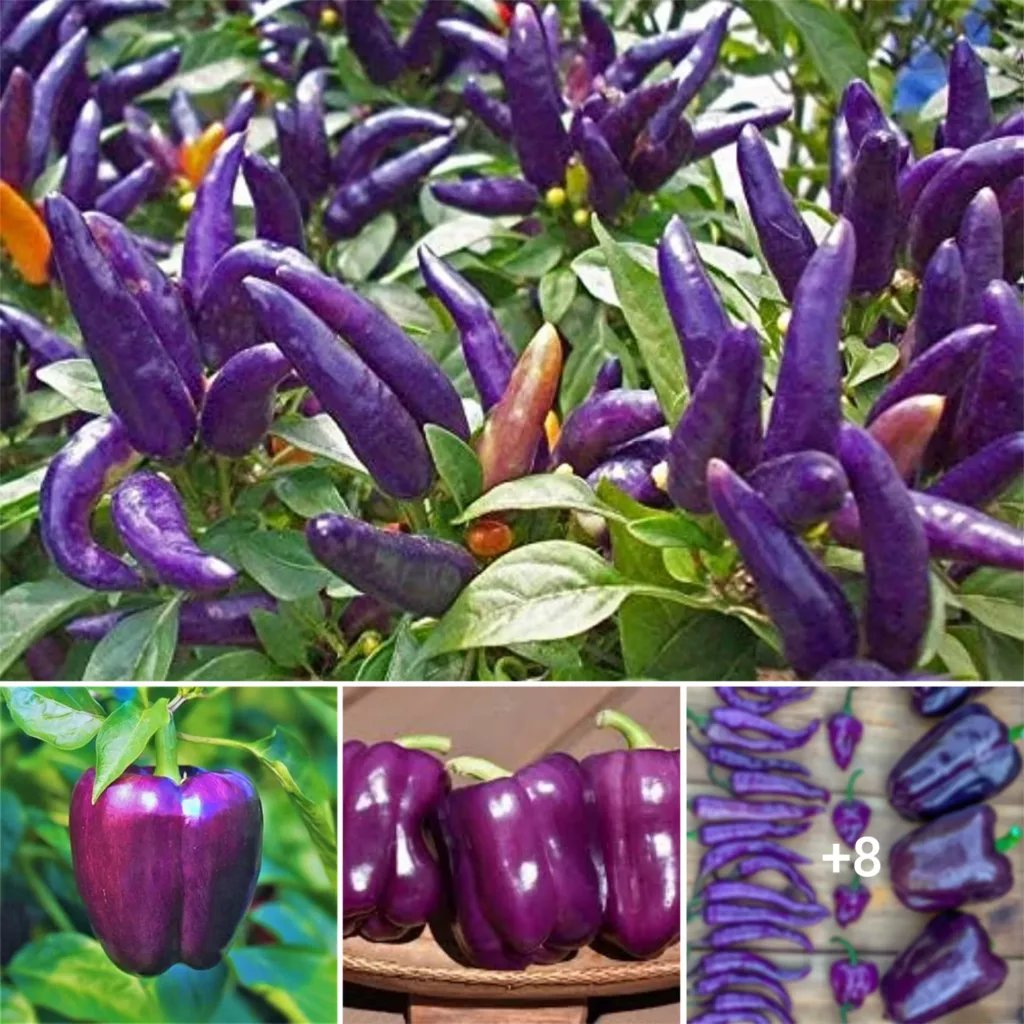The coconut, scientifically known as Cocos nucifera, is an extraordinary tropical fruit that has been valued for its versatility for a long time. It offers numerous benefits to both people and the environment, making it highly valuable. These trees can be found in regions that are warm and humid, and have become a vital component of the coastal landscapes since they offer various practical, medicinal, and culinary uses. Therefore, let’s discover the wonders of this natural gift from Mother Nature, the coconut.

The coconut palm tree is a stunning symbol of tropical regions due to its unique appearance and growth. Its slender trunk stands tall, crowned with frond-like leaves that give it a feather-like appearance. The clusters of large, spherical coconuts grow at the top of the tree, taking several months to mature fully. As they ripen, the green outer husk transforms into the familiar brown, fibrous shell that encases the sought-after coconut “meat” and rejuvenating coconut water.

2. Tasty Treats: The coconut is an incredibly versatile ingredient that can enhance the flavor and aroma of a variety of culinary creations. Whether grated, shredded, or pressed into creamy coconut milk or coconut cream, the flesh of this fruit adds a unique touch to dishes. Coconut milk is a common staple in many tropical cuisines, bringing its creamy texture and delightful taste to curries, soups, and desserts.

Extracted from the meat of coconuts, coconut oil is a popular choice for cooking due to its high smoke point and delicate taste. It’s considered a healthier option compared to typical cooking oils and can be used for frying, baking, and sautéing purposes.

The coconut is more than just a delicious treat, it’s a nutritious powerhouse. One of the many health benefits of this tropical fruit is the hydrating and electrolyte-rich coconut water, which can be found naturally inside young, green coconuts. Often referred to as “nature’s sports drink,” it contains vital minerals like potassium, calcium, and magnesium, making it an ideal choice for rehydration after physical activity.

The flesh of a coconut is a great source of healthy fats, dietary fiber, manganese, and copper. It can help sustain energy levels and make you feel full, which makes it an excellent addition to a well-balanced diet. Additionally, the coconut palm is an incredibly sustainable plant as almost every part of it can be utilized. Apart from its culinary uses, coconut leaves are woven into thatch for roofing and baskets, while the husk’s fibrous coir is used to make eco-friendly gardening products, ropes, and doormats.

After enjoying the delicious meat and refreshing water of coconuts, don’t throw away the shells just yet! You can actually upcycle them into stunning handicrafts and decorations that will add a tropical touch to your home. And if you’re environmentally conscious, you’ll be happy to know that the husks and shells can also serve as biofuel or be added to compost, reducing waste in a sustainable way. So go ahead and get creative with those coconut shells!

In numerous tropical societies, the coconut serves not only as a crucial source of sustenance but also has cultural and therapeutic importance. The people believe that the coconut water and milk possess cooling characteristics, which make them prevalent remedies for calming fevers and satisfying thirst in hot weather.

Besides, coconut oil is well-known for its possible advantages for health, such as supporting healthy skin and hair if incorporated into beauty routines.






